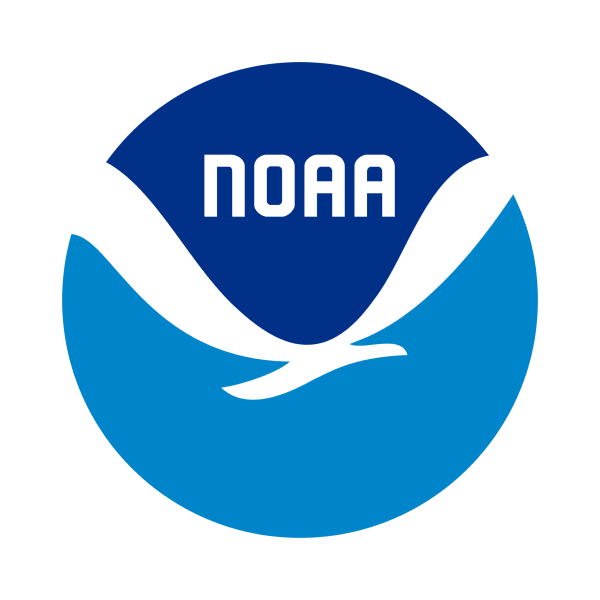The 2017 hurricane season inflicted severe damage to communities and coastal resources over large areas of the Caribbean, Florida, Georgia, South Carolina, and Texas, leaving a swath of destruction and large amounts of debris in the coastal zone of the affected states and territories. This debris poses hazards to navigation, commercial fishing grounds, and sensitive ecosystems.
With financial support from NOAA’s Marine Debris Program, coastal states and territories impacted by Hurricanes Harvey, Irma, and Maria received $17.2M in disaster relief funding to assess, remove, and dispose of hurricane related marine debris.
While FEMA and other agencies removed a great deal of marine debris during immediate emergency response operations, there are still large amounts of debris remaining.
Following the disaster, NOAA’s Marine Debris Program worked with the states and territories to determine additional marine debris removal needs. The funding will support post-storm surveys and mapping of marine debris accumulation hot spots, and the removal and disposal of vessels, derelict fishing gear and traps, damaged piers, pilings and other large-scale debris.
Cleanup of the debris will benefit sensitive habitats such as near-shore reefs, mangroves and protected areas such as National Estuarine Research Reserves in Florida, Texas and Puerto Rico, and the Florida Keys National Marine Sanctuary.
NOAA provided noncompetitive grants to the following organizations:
Florida - Fish and Wildlife Conservation Commission
The Florida Fish and Wildlife Conservation Commission (FWC) will remove debris from locations of recreational and commercial value where debris poses a threat to health and safety, the economy, or natural resources. FWC plans to conduct four specific projects to map, remove and dispose of post-storm marine debris. These include upgrading a statewide derelict vessel database to include a new hurricane derelict vessel data layer; the removal and disposal of approximately 225 derelict vessels; removal of derelict fishing gear, aquaculture debris, and other underwater debris in the Florida Keys and coastal Florida; and assessment and mapping, removal, and monitoring of marine debris hot spots throughout the state.
Florida – Department of Environmental Protection
The Florida Department of Environmental Protection will to conduct marine debris assessment, removal and disposal of Hurricane Irma-related debris in two resource intensive areas in the state, Rookery Bay National Estuarine Research Reserve (RBNERR) and Biscayne Bay Aquatic Preserve. RBNERR anticipates developing the Hurricane Irma marine debris cleanup effort in three main phases: marine debris survey and mapping, large debris removal, and community cleanup efforts. In Biscayne Bay Aquatic Preserve, applicants expect to remove approximately 2-6 tons of debris.
Georgia - Department of Natural Resources
In an effort to address the remaining post-Irma marine debris, the Georgia Department of Natural Resources will remove an estimated 6000 cubic yards of marine debris, including vessels, floating docks, and wood construction debris, from the coastal marshlands and tidal waters of Georgia.
Puerto Rico - Department of Natural and Environmental Resources
Puerto Rico’s Department of Natural and Environmental Resources (DNER) will remove sunken or displaced vessels, remains of houseboats, debris resulting from hurricane surge over ecologically sensitive environment, damaged docks and piers, as well as decks, appliances, parts of cars and pieces of roofs and walls of residences or concrete slabs from piers or boat ramps affected by hurricane Maria’s wind and wave-forcing. The DNER intends to remove and properly dispose of at least 12 vessels and large debris aggregations at 39 locations around the main island of Puerto Rico as well as debris in the nearshore waters of Vieques and Culebra Islands.
South Carolina – Department of Health and Environmental Control
In an effort to address post-Irma marine debris, the South Carolina Department of Health and Environmental Control - Office of Ocean and Coastal Resource Management will remove marine debris from the coastal marshlands and tidal waters. This project involves the removal and disposal of vessels and large debris from Charleston and Beaufort counties, and the project intends to remove and properly dispose of 16 vessels and address 12 sites with large aggregations of marine debris.
Texas – General Lands Office
Texas General Lands Office will remove debris from areas of recreational and commercial value where debris poses a navigation hazard and threat to health and safety or natural habitat, including parts of the Mission-Aransas National Estuarine Research Reserve. Debris identified for removal includes; 3500 sq. ft. derelict oil platform; derelict well infrastructure, derelict septic tanks, and 5.6 miles of geotube debris exposed by Hurricane Harvey; 184 ft long pier; and 581 acres of scattered hurricane debris including household goods, building materials, personal belongings, etc.
USVI - Department of Planning and Natural Resources
USVI’s Department of Planning and Natural Resources (DPNR) will remove sunken or displaced vessels, remains of houseboats, large debris aggregations caused by hurricane surge over ecologically sensitive environments, damaged docks and piers, as well as decks, appliances, parts of cars and pieces of roofs and walls of residences or concrete slabs from piers or boat ramps affected by the hurricanes’ wind and wave-forcing. DPNR intends to remove and properly dispose of at least 45 vessels and large debris aggregations at many locations around the islands of Saint Thomas, Saint John and Saint Croix.
 An official website of the United States government.
An official website of the United States government. 
